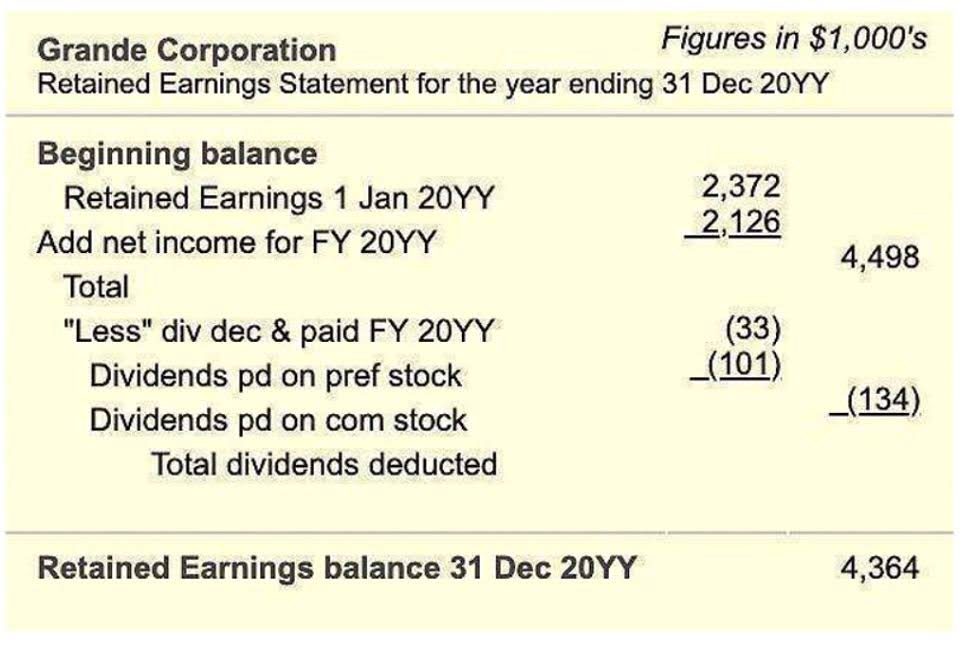

Companies segregate their liabilities by their time horizon for when they’re due. Current liabilities are due within a year and are often paid using current assets. Non-current liabilities are due in more than one year and most often include debt repayments and deferred payments. An expense is the cost of operations that a company incurs to generate revenue. At Alaan, we empower businesses to manage their expenses precisely and easily.
Debt ratio
The operating cycle refers to the period of time it takes for the business to turn its inventory into sales revenue and then back into cash, which helps cover these expenses. A well-managed operating cycle ensures that fixed assets there is sufficient cash flow to meet these liabilities as they come due. Managing liabilities is a crucial aspect of running a successful business.
- The current ratio evaluates a companyÔÇÖs ability to meet short-term obligations with its current assets.
- A financial professional will offer guidance based on the information provided and offer a no-obligation call to better understand your situation.
- In conclusion, the management of liabilities is crucial for maintaining financial stability and favorable cash flows.
- Properly managing liabilities is essential for ensuring financial stability and supporting long-term growth.
- He currently researches and teaches economic sociology and the social studies of finance at the Hebrew University in Jerusalem.
Real-World Example of Liabilities: Samsung Electronics
Here are a few quick summaries to answer some of the frequently asked questions about liabilities in accounting. Some loans are acquired to purchase new assets, like tools or vehicles that help a small business operate and grow. A liability is anything you owe to another individual or an entity such as a lender or tax authority. The term can also refer to a legal obligation or an action youÔÇÖre obligated to take. Assets are what a company owns or something that’s owed to the company. They include tangible items such as what are liabilities in accounting buildings, machinery, and equipment as well as intangibles such as accounts receivable, interest owed, patents, or intellectual property.


Example 2 – Non-Current Liabilities


A higher ratio indicates greater reliance on borrowed funds, while a lower ratio suggests more conservative financing through equity. Liabilities in accounting are grouped based on how soon they need to be repaid. While dealing with a liability account it is important to know that it would always carry a credit balance.
Would you prefer to work with a financial professional remotely or in-person?
It involves anticipating future financial obligations and employing strategies to meet them while maintaining solvency. One of the key steps in planning for future obligations is to thoroughly analyze a companyÔÇÖs balance sheet, identifying both short-term and long-term liabilities. This enables decision-makers to prioritize their payments and allocate resources accordingly. In conclusion, liabilities play a crucial role in business operations, as they represent the financial obligations a company has to its employees, suppliers, lenders, and other stakeholders. Proper Bookstime management of these liabilities is essential to ensure smooth business operations and long-term financial health. There are many different types of liabilities including accounts payable, payroll taxes payable, and bank notes.




